
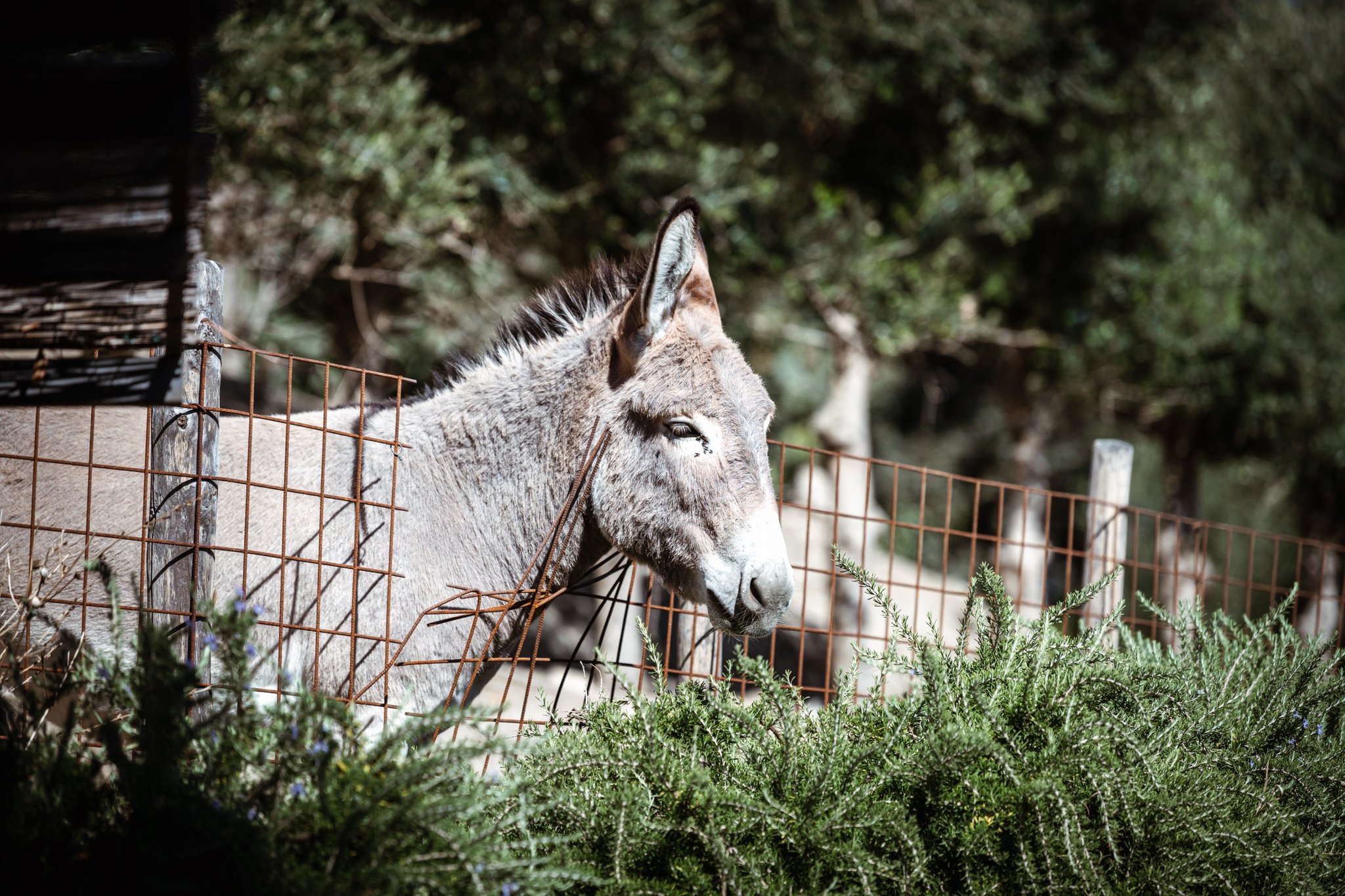
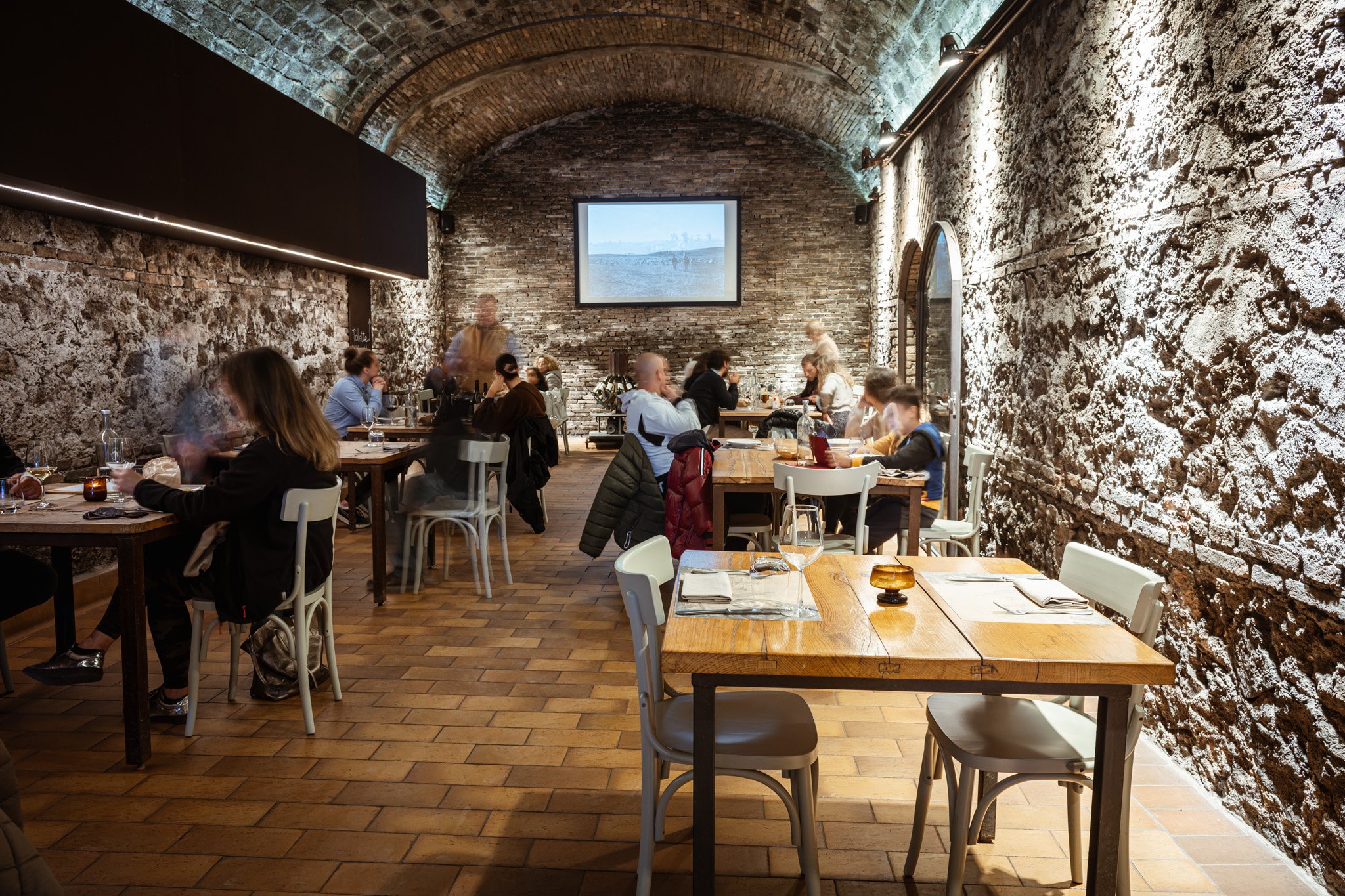
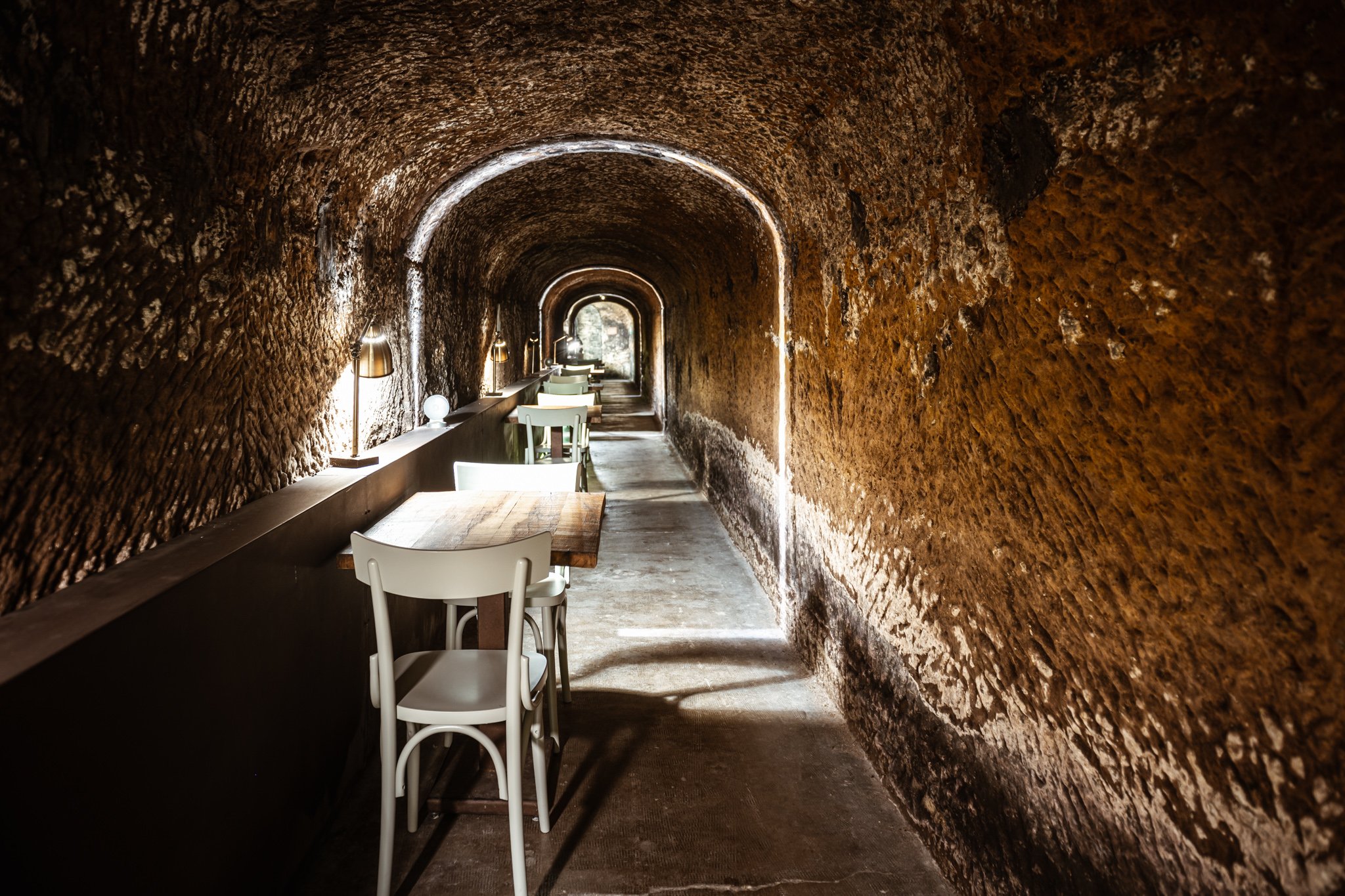
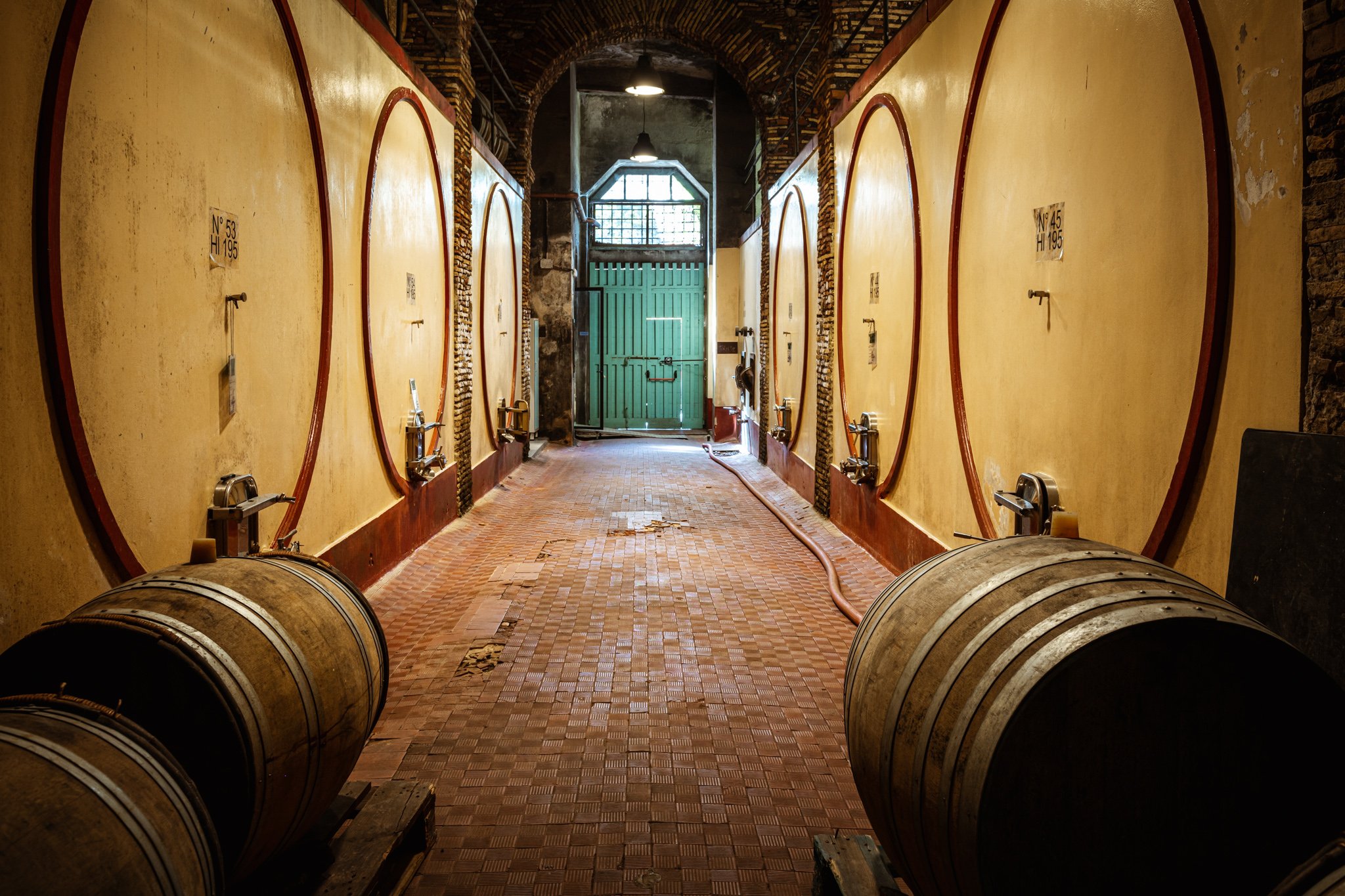
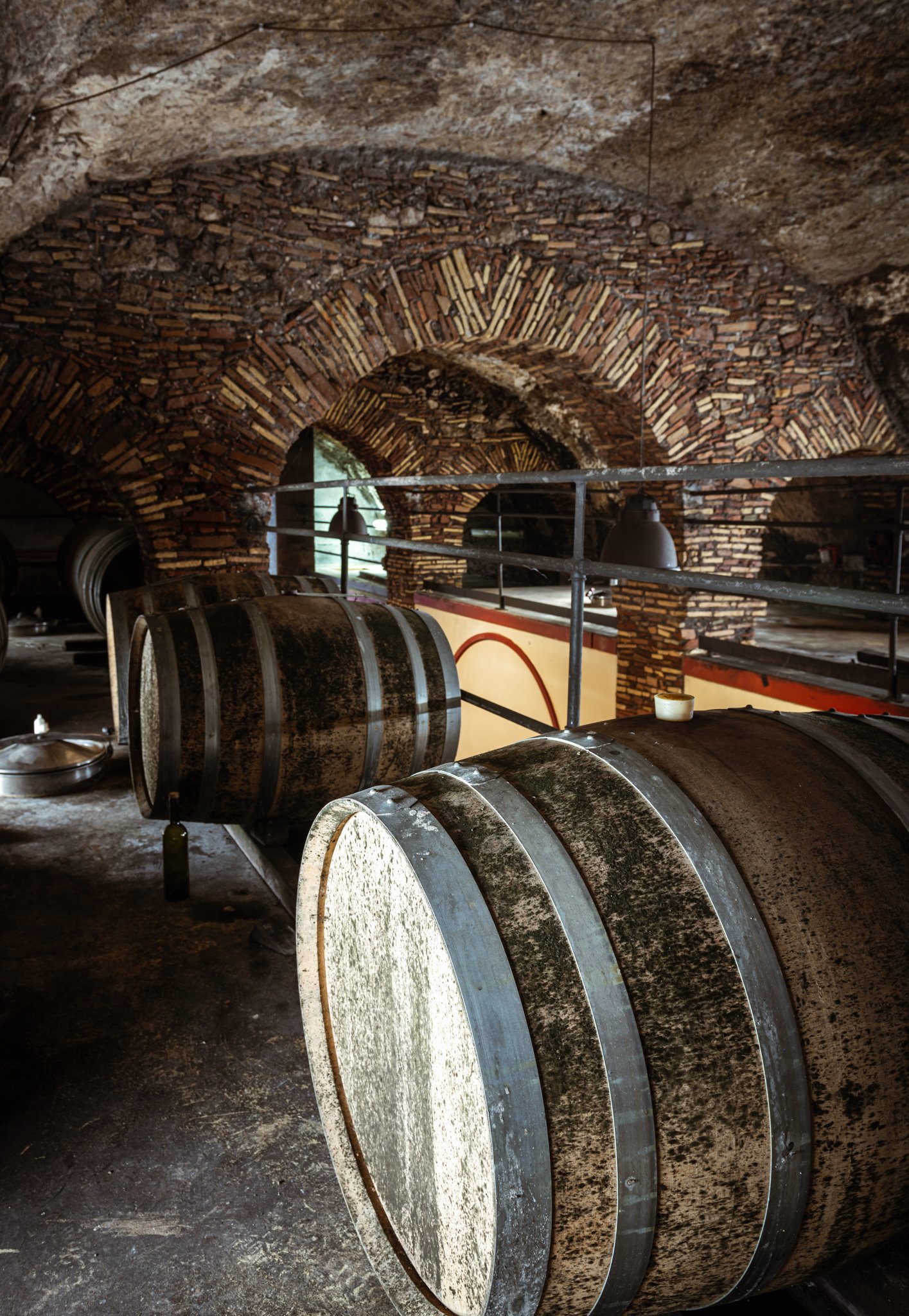
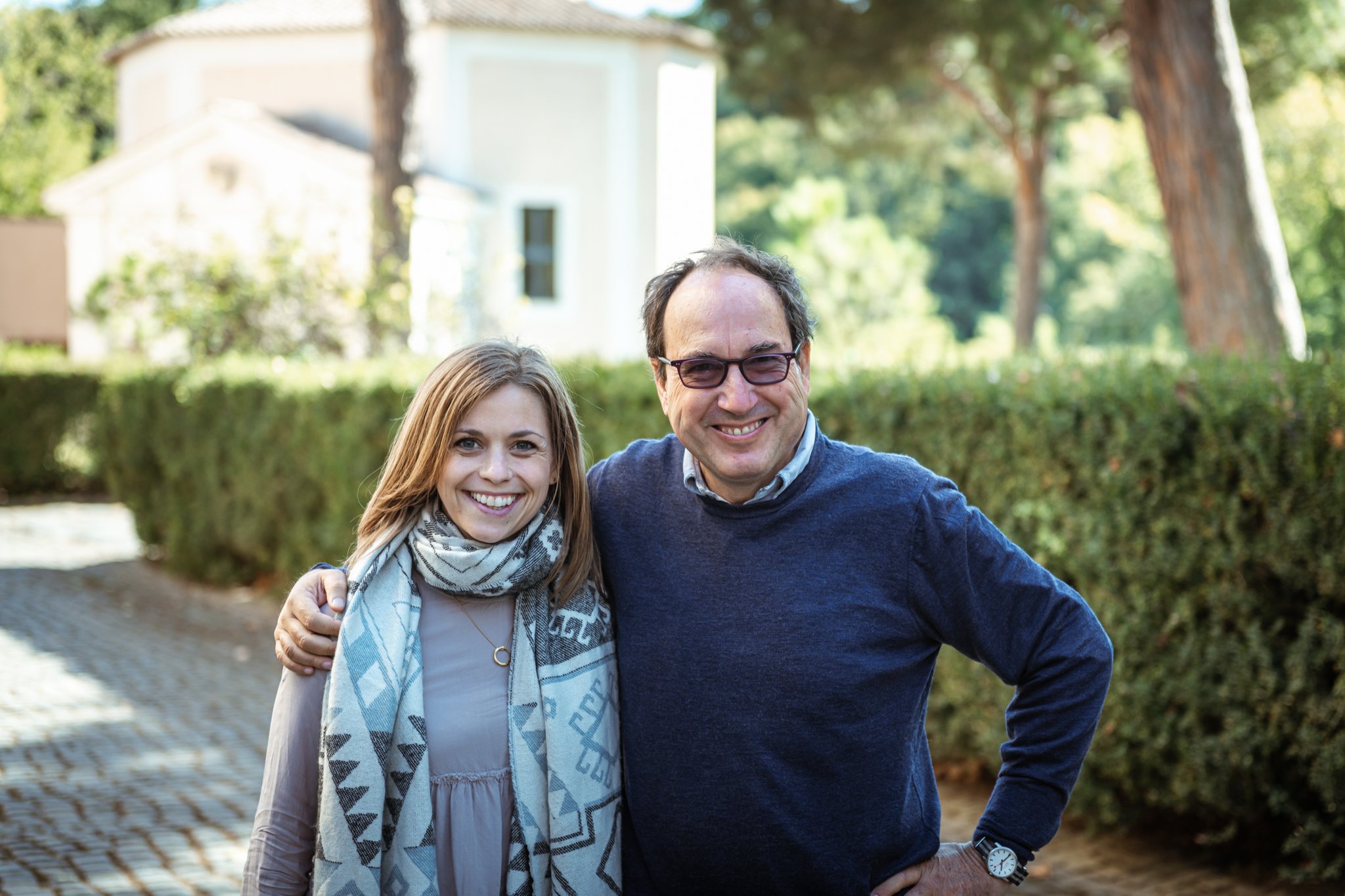
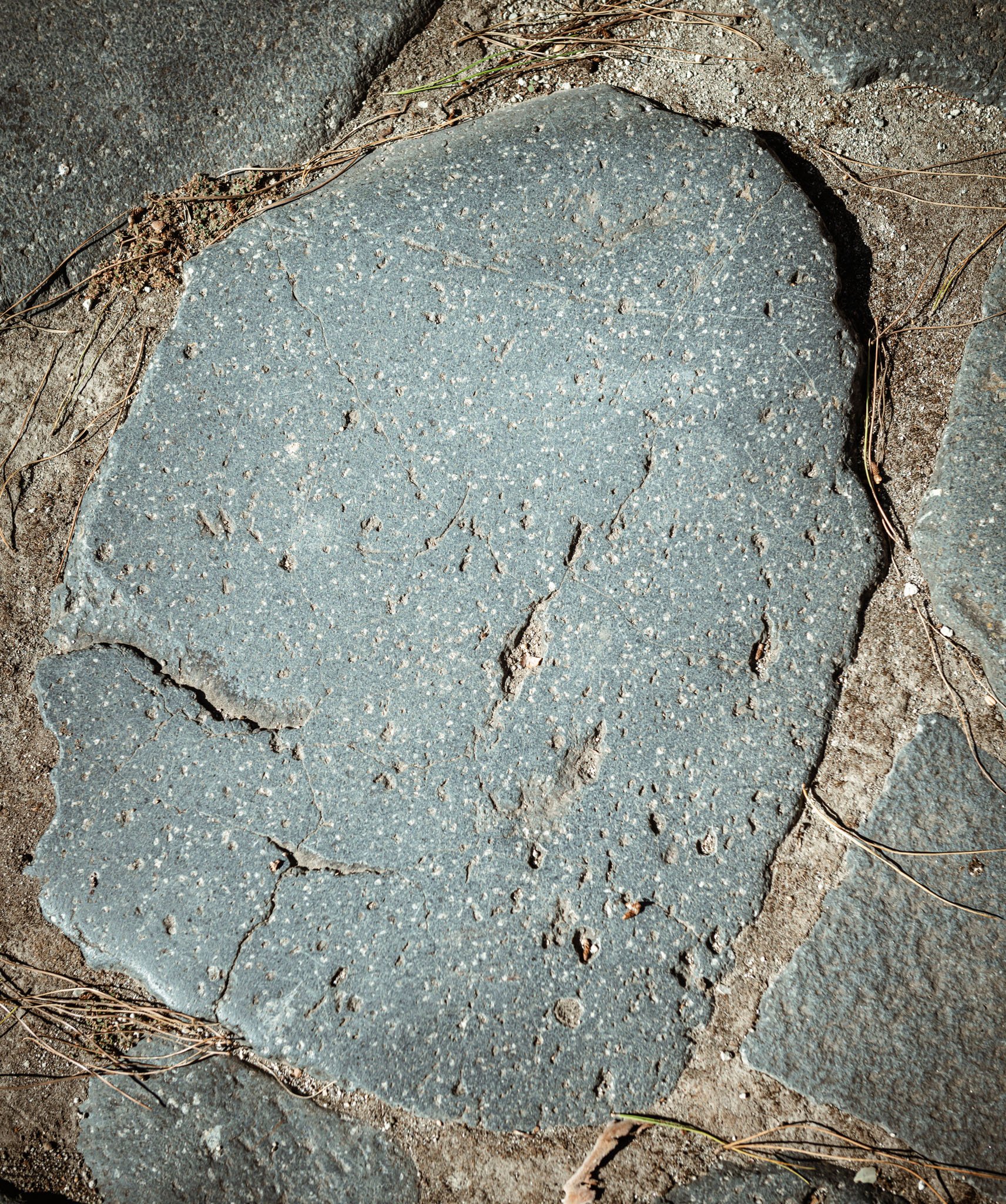
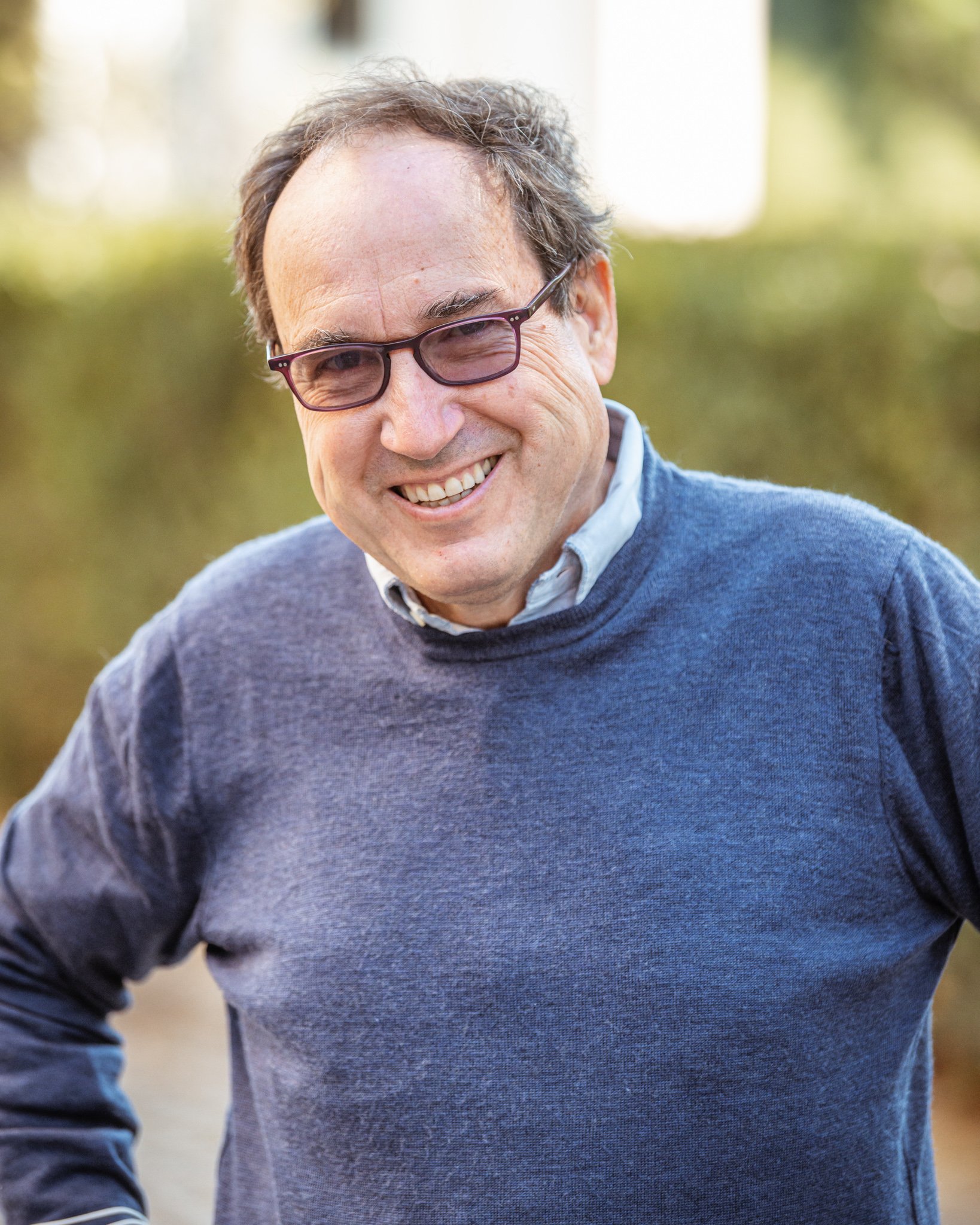
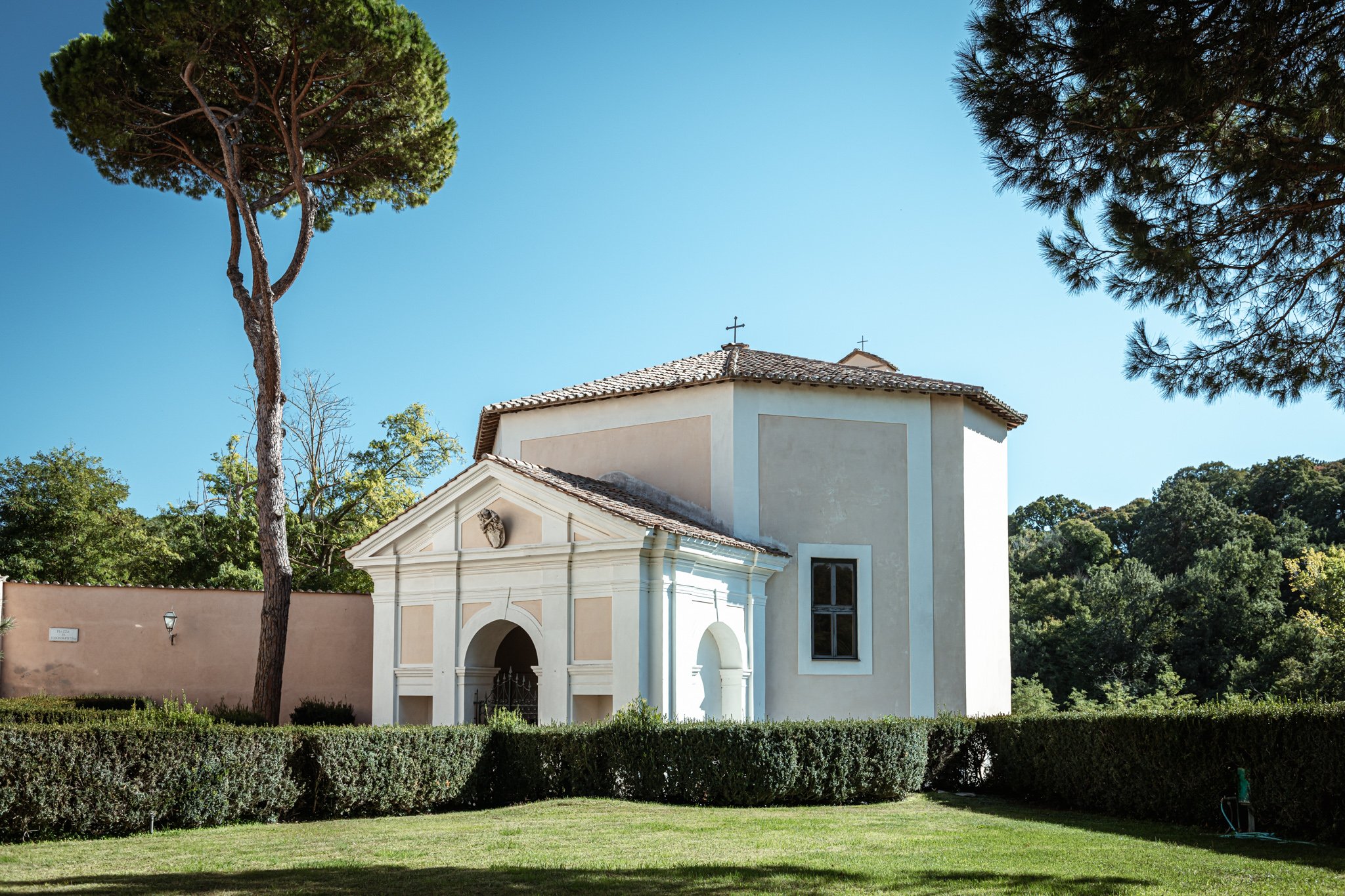
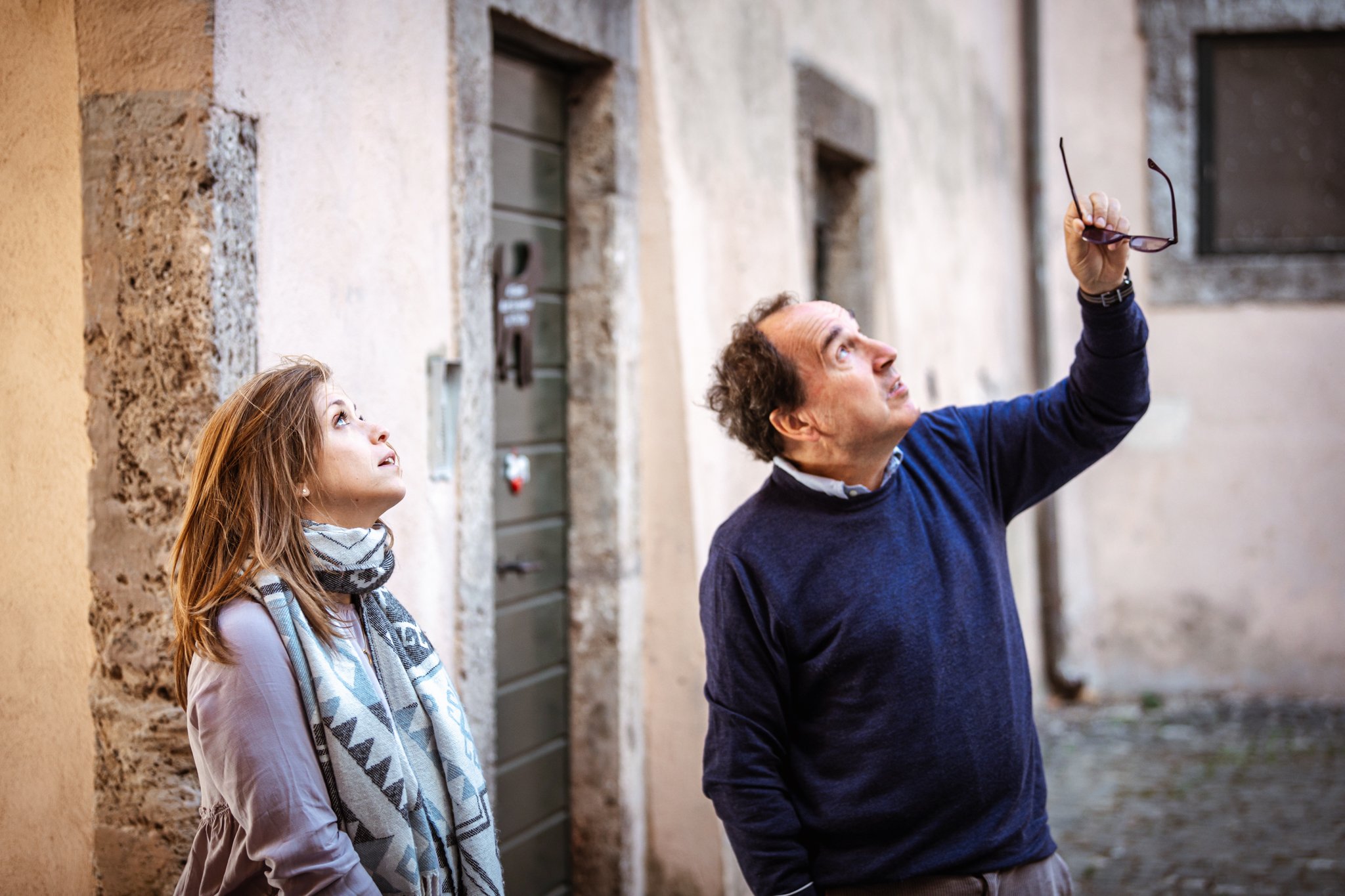
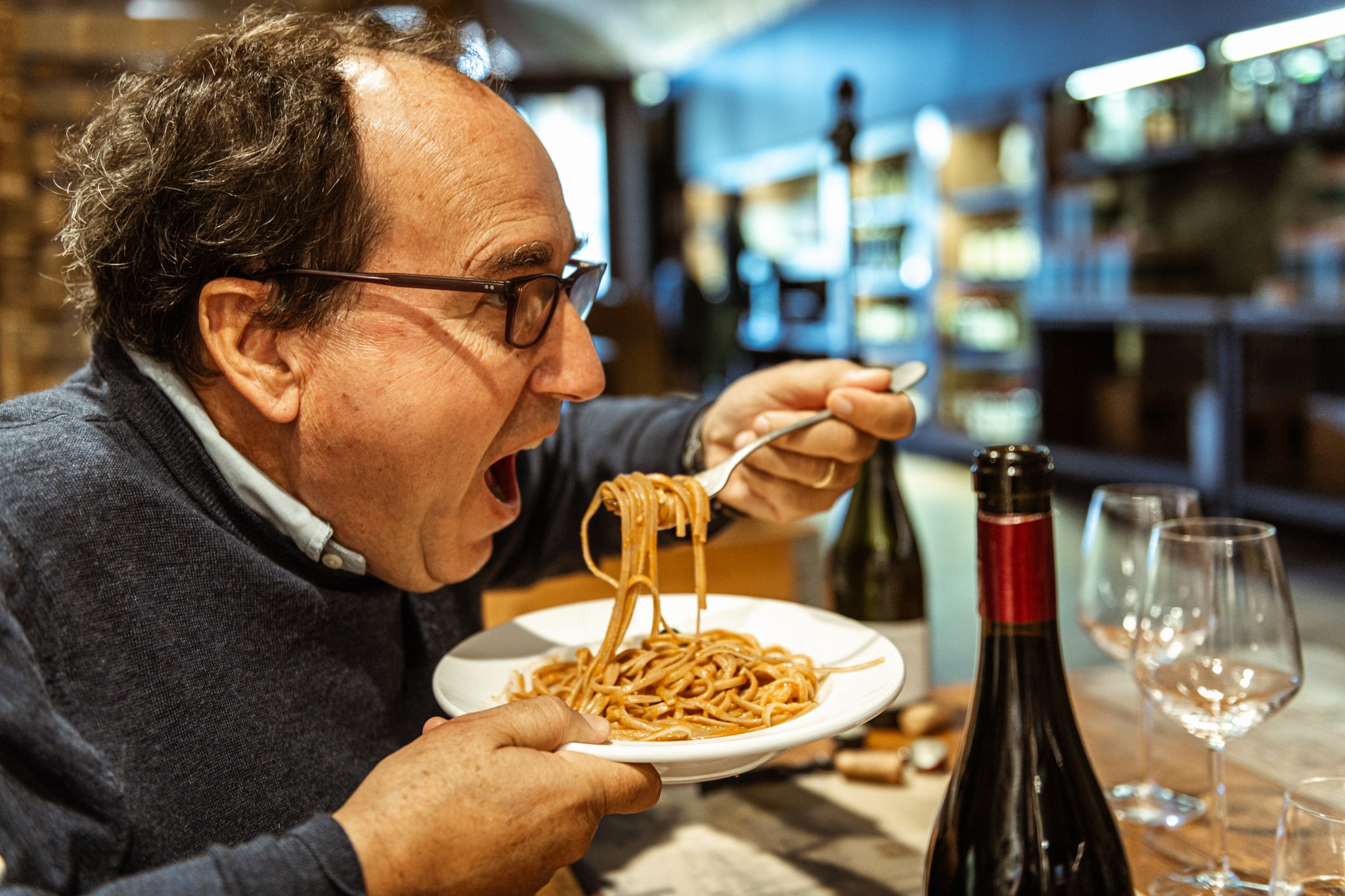
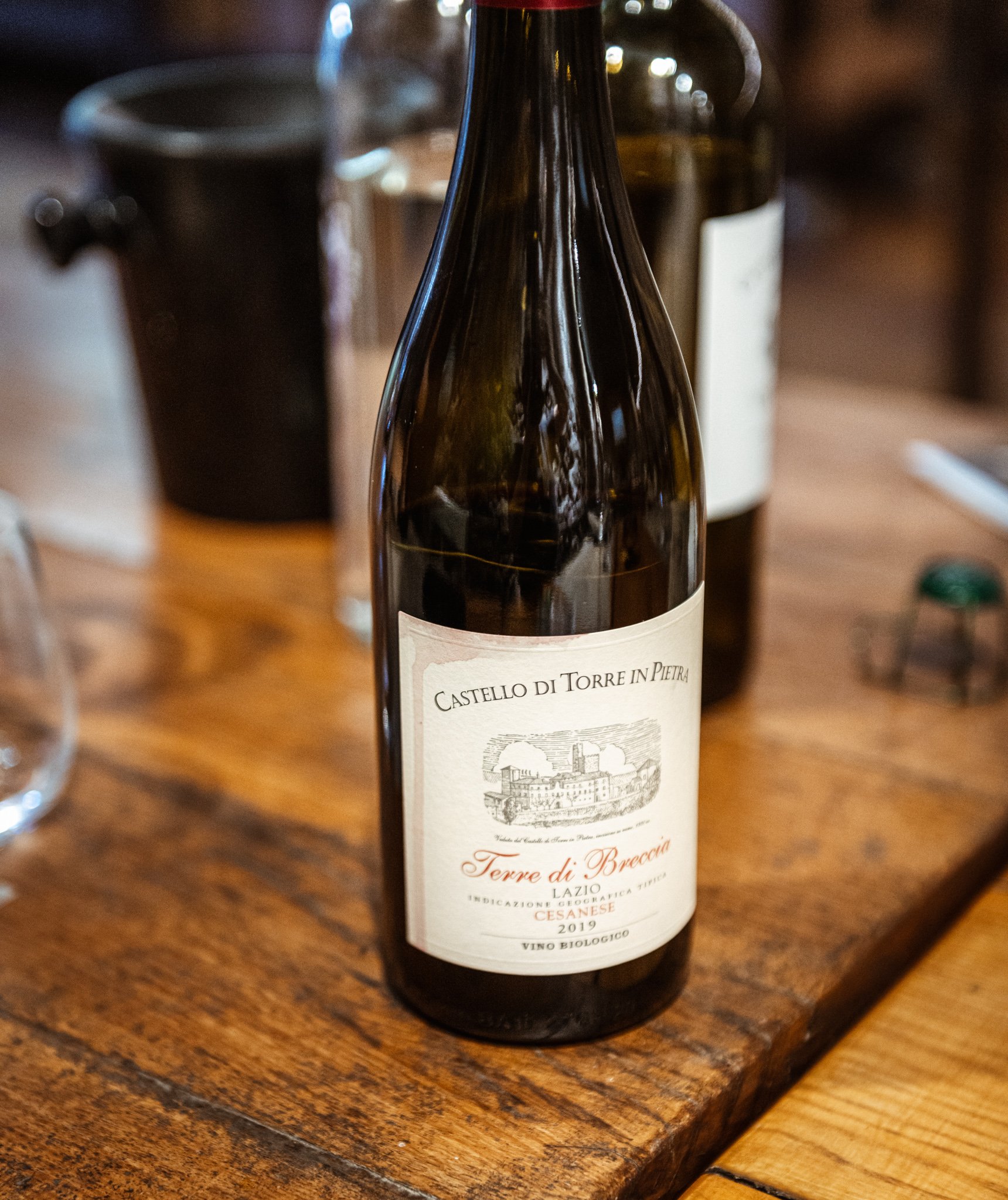
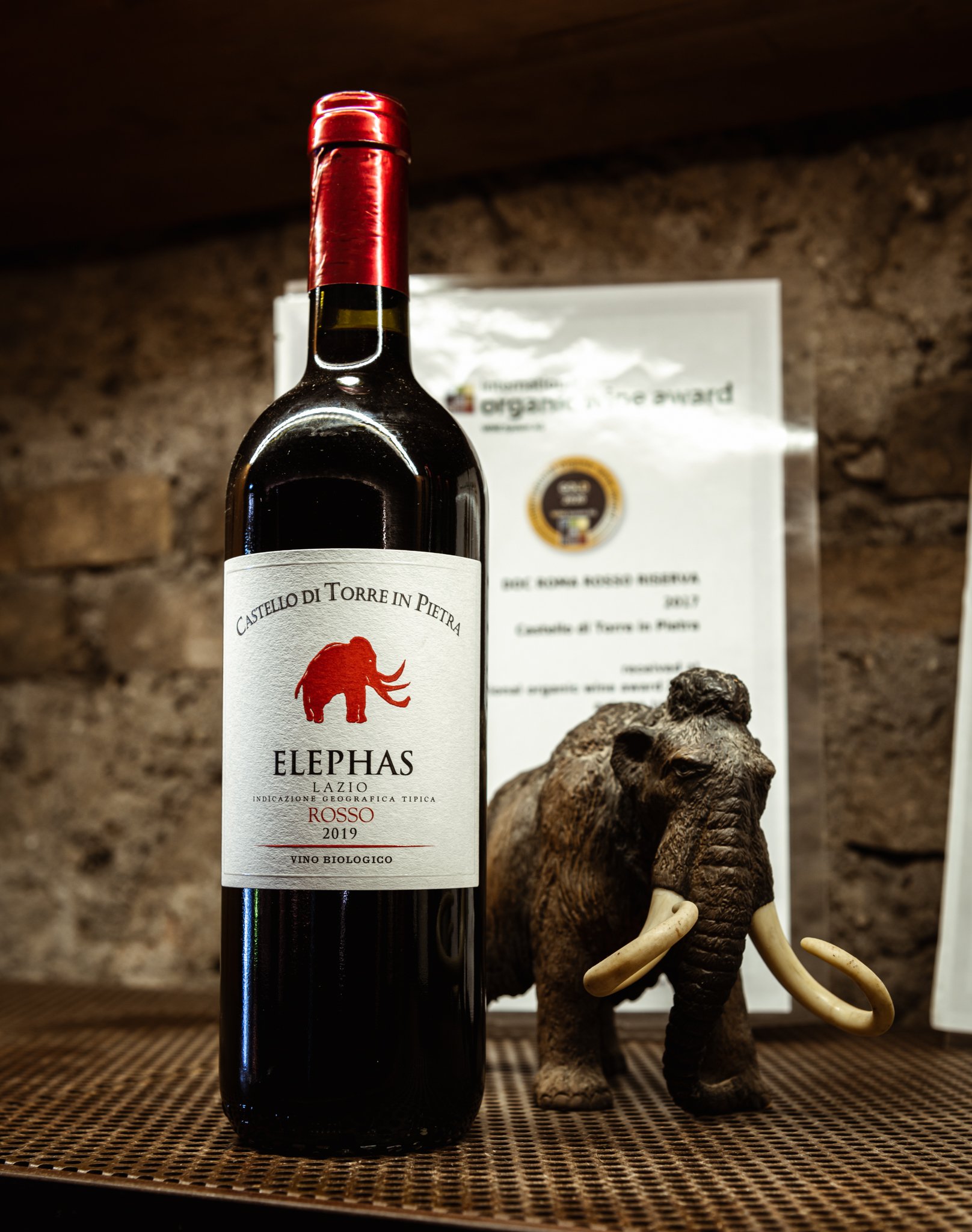
Castello di torre in pietra
Who: Filippo Antonelli & Lorenzo Majnoni
Where: Torrimpietra, Roma (Lazio Coast, Italy)
What grapes: Vermentino, Fiano, Malvasia Puntinata, Chardonnay, Trebbiano, Sangiovese, Montepulciano, Cesanese, Syrah and Merlot
Key facts: The large grey paving stones of the Via Aurelia, constructed by the Roman emperor Gaius Aurelious Cotta in 241BC, pass through the estate’s back yard. The road ran through Rome’s western gate to the Tyhrennian sea.
Website: https://castelloditorreinpietra.com/en/
Instagram: @cantinacastelloditorreinpietra
Castello di Torre in Pietra “Elephas” Lazio Bianco IGT
Viticulture: Certified organic
Soil type: Franco-sandy
Elevation: 50m
Grapes: Trebbiano, Vermentino, Fiano
Method of fermentation: The three varieties are harvested and vinified separately in stainless tanks, then refined on the fine lees for two months before blending.
This certified-organic estate on the edge of Rome offers some of the best value wines being made in Lazio today. Elephas bianco is assembled from Vermentino, Trebbiano, and Fiano. It is easy and refreshing. It has a mellow pear aroma. I’ve been digging pears lately. Late to the party on that one, probably. — JM
Castello di Torre in Pietra “Elephas” Lazio Rosso IGT
Viticulture: Certified organic
Soil type: Calcareous-clayey
Elevation: 50m
Grapes: Sangiovese, Montepulciano and Merlot
Method of fermentation: Fermentation in separate stainless steel for the three varieties. Malolactic fermentation in cement. Assembly in mid-January and bottling in February. In cement tanks with micro-oxygenation, then in bottle for 2 months.
It’s a blend of Montepulciano, Sangiovese, and Merlot. This wine is so good for the price. Lovely balance. Cherries. Little-to-no tannin. Elephas rosso likes a slight chill. It loves being served along with pasta and chickpeas. Or salami and pecorino. The proprietor also makes exceptional Prosciutto at his estate in Umbria. — JM
Castello di Torre in Pietra “Macchia Sacra” Lazio Bianco IGT
Viticulture: Certified organic
Soil type: Franco-sandy, from a single vineyard
Elevation: 50m
Grapes: Fiano
Method of fermentation: When fully ripe, the grapes are harvested by hand, in crates. The unstemmed bunches are gently pressed in an inert atmosphere. After cold decantation, the must ferments at a controlled temperature. The wine ages partly in cement for 6 months with weekly suspension of the fine lees, partly in French oak tonneaux with regular batonnage. Maturation is completed in the bottle for another 2 months.
Castello di Torre in Pietra “Terre di Breccia” Lazio Rosso IGT
Viticulture: Certified organic
Soil type: Calcareous-clayey
Elevation: 50m
Grapes: Cesanese
Method of fermentation: Fermentation on the skins for 20 days at a temperature of 30 ° C. Malolactic fermentation in wooden barrels. In 500 litre French oak barrels for 12 months, then in cement for another 12 months and a further 6 months in the bottle.
This wine is grown on hillside vines in the commune of Breccia (as the name implies.) Cesanese is Lazio’s greatest indigenous red grape, underrated, emerging from a moment of relative obscurity. Terre di Breccia is a delight. Mid-weight, violet aromas, sour cherry fruit, pristine raspberry. A strong vintage, and one of my personal favorites in the portfolio. — JM
Castello di Torre in Pietra “Roma Bianco” Lazio
Viticulture: Certified organic
Soil type: Franco-sandy
Elevation: 50m
Grapes: Malvasia Puntinata
Method of fermentation: The wine is racked into cement tanks and left on the lees for 6 months. Each subsequent operation is carried out protected from oxygen until bottling. Refinement continues in the bottle for another 1-2 months.
Pleasantly tactile. Similar to the Vermentino, aromas veer in the direction of orange zest, followed by salty almond.
Castello di Torre in Pietra Mar/April 2022 or The World of Filippo Antonelli
Chapter One: Castello di Torre in Pietra (Rome, Lazio)
Jets fly low over Torre in Pietra. When the family of pope Sixtus V purchased the farm in the 16th century, Fiumicino airport was a malaria-filled swamp. Ninety years ago Senator Luigi Albertini, editor of Corriere della Serra and ancestor of Filippo Antonelli, bought the farm and continued the extensive “drain the swamp” anti-malaria project that had begun in the region in the late 19th century. He turned a former aristocratic country hunting lodge into a massive dairy, using cattle imported from Washington state to create a farm responsible for supplying most of the milk consumed in very-proximate metropolitan Rome. He also planted vines and organized a cellar, near the tower that gives this winery its name.
For twenty years Castello di Torre in Pietra has been farming organically. Alongside vines, over 80 hectares are planted to cereals on the estate. As we walk around the impressive ancient cluster of buildings, Filippo Antonelli tells me that hundreds of people once lived on the property. There was a blacksmith, and a leather worker. Inside his family’s compound, painted walls and ceilings bring to life a different era. A relative of Filippo’s wrote librettos for Puccini. Romantic agrarian landscapes wrap an entire room. Galleries of Cardinals peer down from alcoves in their vestments. There’s a lot of marble and grandeur. More than a few trompe l’œil hide in the visual overload, to reward the careful viewer.
The head of the original Carnation bull imported by Senator Albertini is mounted on a wall. Just inside the doorway to the farm’s restaurant (Osteria dell'Elefante) pride of place is given to a massive prehistoric elephant femur. Filippo explains that the creature was different from mammoths that once roamed North America, closer in DNA to modern elephants. In the estate’s small office area, a bottling line is filling and labeling Elephas Bianco, the Lazio IGT white made from Trebbiano, Fiano, Malvasia, and Vermentino. As it happens, these specific bottles are going to be shipped to America! North Carolina, to be precise. I get a weird small feeling of joy when I randomly encounter wine bottles that will appear again at our loading dock one day.
The kitchen of the Osteria is closed for lunch on Wednesday, but Filippo’s Danish sidekick/shopkeeper Jan heats us up some lasagna they made earlier. Parts of the cellar and winery were restored in 1999. We sit in a cool corner of the dining room. It’s a beautiful wood-and-brick space. I’m certain they do a bustling wedding/event business at this address. Alongside lasagna are salami made from pigs raised at Antonelli’s other farm in Umbria: more on that place later. The meat is studded with black pepper, the texture tender in a way rarely encountered in US-made salamis. Umbria is the birthplace of cured meats. Another story.
With lunch, we taste Castelli di Torre in Pietra’s current releases.
The aforementioned 2021 Elephas bianco is easy and refreshing. It has a mellow pear aroma. I’ve been digging pears lately. Late to the party on that one, probably.
2021 Vermentino Lazio IGT is grown in sandy/calcareous soils at the southern edge of the estate, facing the Thyrennian sea. Torre in Pietra have cultivated this grape since 1968. The current vintage shows asian pear, lychee, and orange zest aromas. It has a really nice texture: ripe, sunny.
2021 Roma bianco DOC Malvasia Puntinata is pleasantly tactile. Similar to the Vermentino, aromas veer in the direction of orange zest, followed by salty almond.
2021 Elephas rosso IGT is a blend of Montepulciano, Sangiovese, and Merlot. This wine is so good for the price. Lovely balance. Cherries. Little-to-no tannin. It likes a slight chill.
2019 Roma Rosso DOC is a blend of 50% Montepulciano, 35% Sangiovese, and 15% Cesanese. Purple color. Violet aromas. Herby. Spicy on the finish.
2019 Cesanese Terre di Breccia IGT Lazio is grown on hillside vines in the commune of Breccia (as the name implies.) Cesanese is Lazio’s greatest indigenous red grape, underrated, emerging at present from obscurity. This wine is a delight. Mid-weight, violet aromas, sour cherry fruit, also pristine raspberry. A strong vintage, and one of my personal favorites in the portfolio.
After some amaro we wander back outside. The Mediterranean sun is at full strength a little too early this year. I’m ready for an air-conditioned drive through the remarkably agricultural outskirts of Rome. There are still cattle in fields, and hundreds of sheep. I see fields of what appear to be cultivated artichokes, and perhaps asparagus.
Castello di Torre in Pietra, a first visit. July, 2019.
I'm just beginning to write about Castello di Torre in Pietra for our website today. Six months after my visit. I really need to catch up! There are disadvantages to all my first drafts being pen-and-paper.
Castello di Torre in Pietra’s umbrella pine trees and cool underground caves, excavated into the tufa of a hillside in the 16th century, are an oasis from the torrid heat of Lazio in July. I arrived at their cactus-barbed stone gate by chance, a detour at the end of a long bout of sweaty work travel through central and southern Italy. After two weeks of rural charm in the fields and unairconditioned stone farmhouses of Umbria and Tuscany, I needed to feel the Arctic blast of airport hotel air conditioning (at least for for a day) before returning to my hermetically insulated-from-climate-change life in North Carolina.
Filippo Antonelli had graciously hosted Kate and I at the Montefalco estate that bears his surname. I was interested in his family’s Lazio domaine as well, for their cultivation of indigenous varieties like Cesanese and Malvasia Puntinata, and for their polyculture. Eighty hectares of cereals and 10 hectares of olives are planted on the farm. The vines overlook the sea near the coastal village of Maccarese. It’s west of Rome, in a very Mediterranean climate zone: mild and breezy. Along with being directly in line with my retreat to the airport, it’s a part of Italy that appeals for personal/idiosyncratic reasons. Ostia, Fiumicino, I like these scrappy coastal towns and their simple seaside charms. We all have our favorite forms of tourism.
Filippo’s family history has some interesting twists and turns. His grandfather “the patriarch” was pushed out of his ownership/editorial duties at Corriere della Serra (Italy's most important newspaper) and "exiled" to Rome from Milan by Mussolini in the 1920s. He bought some Carnation dairy cattle from Washington state and became a major milk producer for the metropolis, which in the intervening 100 years has grown out to basically surround the farm, in a scattered, suburban manner. Cows still graze, and there are dirt roads. But you can easily find a car wash for detaching the dirt of 1,000 kilometers from a rental Alfa Romeo. Evidence of encroachment onto the formerly pastoral landscape is on every hill and field.
As happens around Rome, history is everywhere, too. The large grey paving stones of the Via Aurelia, constructed by the Roman emperor Gaius Aurelious Cotta in 241BC, pass through the estate’s back yard. The road ran through Rome’s western gate to the Tyhrennian sea. Maybe next trip we’ll see how much of it can still be traversed!
The Antonelli’s 50 hectares of organic vineyard are Guyot-trained and planted at a density of 5,000 plants per hectare. Fermentation happens in temperature-controlled stainless steel. The wines are then aged in large (195hl) enamel-lined concrete tanks. These massive red-and-white vessels have thermal mass to prevent temperature variation, to protect the wine from the aforementioned heat of Lazio summer. Being under a hill/castle tower helps, too. All the wine at Castello di Torre in Pietra is estate-bottled.
While I love our small estates, in recent years I've become interested in what regenerative agriculture looks like on a scale that can supply a greater percentage of consumer demand, and move us towards healthier food for all. Castello di Torre in Pietra is an estate that isn't a tiny bespoke upstart. We have several of those in the works this winter as well: I'm not dissing that model. It’s just that because of their acreage, Castello di Torre in Pietra can make enough wine to quench thirsts outside of a few hipster hide-outs around the globe. Like Corzano e Paterno, who are acquaintances of owner Filippo Antonelli and talked to Kate and I about him before we initially met, Torre in Pietra makes a lot of good food and wine. I think this model of sustainability has value.
I keep telling Emma that I'm too old to be a hipster. And too not-hip. She pushes back. Anyway, I feel at liberty to diss them. As if hipsters really exist.





